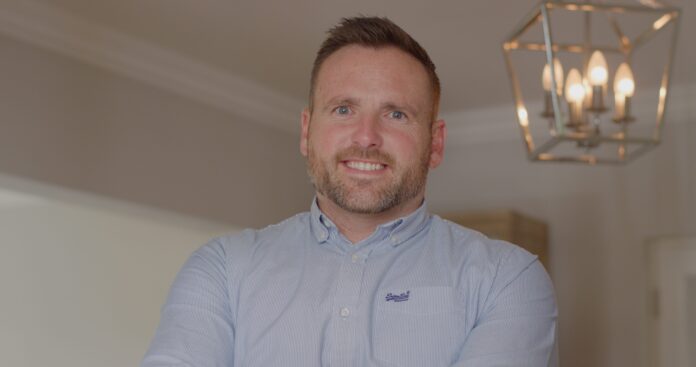As medical inflation has continued to rise and the cost of medical procedures has increased, medical aid companies are faced with the juggling act of keeping premiums affordable while still offering adequate cover. In addition, new procedures such as robotic-assisted surgery and new cancer drugs offer better outcomes, but at a greatly increased cost. As a result, we are seeing increased medical expense shortfalls, particularly when it comes to specialists, as well as increased co-payments and sub-limits. The upshot of this, for the consumer, is vastly increased out-of-pocket expenses, which is why gap cover has become critical. Given the increase in both the frequency and Rand value of claims, having gap cover in place has never been more important.
The state of gap cover
The frequency and value of gap cover claims have increased dramatically over the years as the gap between what medical aid covers and what specialists and providers charge continues to widen.
In 2023, Turnberry paid out R119,968,466 in claims, proportionately this accounted for56% of the total claims, with medical aid covering the remaining 44%. This figure includes a significant number of high value claims, with many of them exceeding R100,000. Three of the highest claims in 2023 were R129,193.60 for heart disease, R128,485.43 for a nasal polyp, and R125,735.08 for a spinal fusion surgery.
These are figures paid out over the course of a single year and for a single diagnosis. Gap cover policies are subject to an overall annual limit (OAL) per individual covered by the policy, and this limit is increased in April each year, and is currently R198,660.43 per insured person. This limit resets every year, which means that over a lifetime, the amount paid out for individuals and families is far higher. At Turnberry, the top three lifetime claims are figures in the hundreds of thousands of Rands: R502,983, R450,225, and R414,331 respectively.
What does this mean for me?
The most common procedures we see as a gap cover provider are spinal disc problems, cancer, heart disease, cataract surgery and maternity, and these claims can and often do exceed R100,000 per incident. These figures highlight the fact that in South Africa, gap cover is essential for anyone wishing to access private healthcare without potentially incurring significant out of pocket expenses.
The reality is that even young and healthy people could need costly medical procedures, and as your age and life stage changes, your medical needs do too. Accidents can happen to anyone, regardless of age, and injuries related to sports and physical activity are also common in younger age groups. Starting a family inevitably involves increased medical expenses, from pregnancy and childbirth to raising children who frequently need medical attention. Health issues related to stress are also on the rise, including anxiety and depression. In later life stages, chronic diseases like high blood pressure, high cholesterol, and prediabetes become more common. Cancer can strike anyone and is increasingly seen in younger population groups.
The cost of quality medical care continues to increase, and medical expense shortfalls as well as co-payments and sub-limits are becoming more and more common, at higher amounts. This means that any medical treatment, regardless of your age or life stage, can end up costing tens of thousands of Rands out of pocket. Over a lifetime, these sums could potentially add up to millions.
It is important to engage with your broker to make sure you have the right medical aid in place first, and then to supplement this with appropriate gap cover, to ensure that you are able to access the medical care you need without the financial burden of out-of-pocket expenses resulting from medical expense shortfalls, co-payments and sub-limits.

